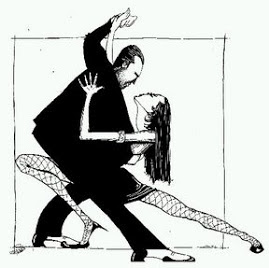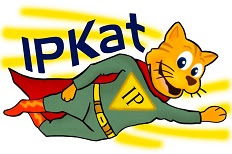Searching on the Peruvian Instituto Nacional de Defensa de la Competencia y de la Propiedad Intellectual (Indecopi)
webpage, I noticed that one of the most popular events and campaigns have been on ‘collective marks’. I was curious indeed, and perhaps to learn more on the trend I clicked on the news – to my surprise I became overwhelm by the great job that the IP office is doing. As a starting point, they have friendly videos covering what a collective mark is, and how they can be an instrument of economic value but crucial to my later discussion, associations.
Then, it is good to see that since December 2020, Indecopi eliminated the fees for the registration of collective marks. A report published by Indecopi shows how the registration of this type of marks has blossomed. For instance in the 90s and until 2017 there were 236 marks, while during 2017 and 2019 there were 4,442 registrations. The report also notes how women are leading on this type of projects especially in the artisanal sector. [here and here] A remark that I could not miss was to see collective marks for traditional handicrafts and thus, promoting cultural identity and the diversity of national flora and fauna.
QR Code
I also note with content the use of QR for the collective marks registered. Such QR Code allows “consumers to quickly obtain information related to the characteristics of the product, its history, the association that markets them, its members, the commercial contact information, in which market the products are traded, etc.” Indecopi permanently updates such information.
Associations – what is the fuzz, if any?
Collective marks are used by a collective group to distinguish a good or service (a product) from others that do not form part of such collective group. The pre-phase recognition or granting of such marks, invites the members to group the producers. Usually, as in the case of the collective marks recently registered, come from groups and communities where there are fewer resources. Therefore, the establishment of an association of producers is one of the crucial steps taking by the group and or communities. While this may sound easy, the first challenge is how to motivate the community to join a ‘group’. In addition, to build and follow membership rules. At the end, the goal is to have a harmonious group. How to find such balance? A recommendation would be by producing codes of conduct and practices early on the conversation, that is the pre-phase, but also that the guidelines should be feasible so can be used in the post recognition-phase, that is, after the collective mark is granted. Aside from the association been built to organize and prepare a collective mark, the idea goes far from this. Associations help a group to be and feel part of a community – creating a sense of belonging, and to work on the same aim, that of protection, as in the case of traditional knowledge, preserving cultural heritage.













